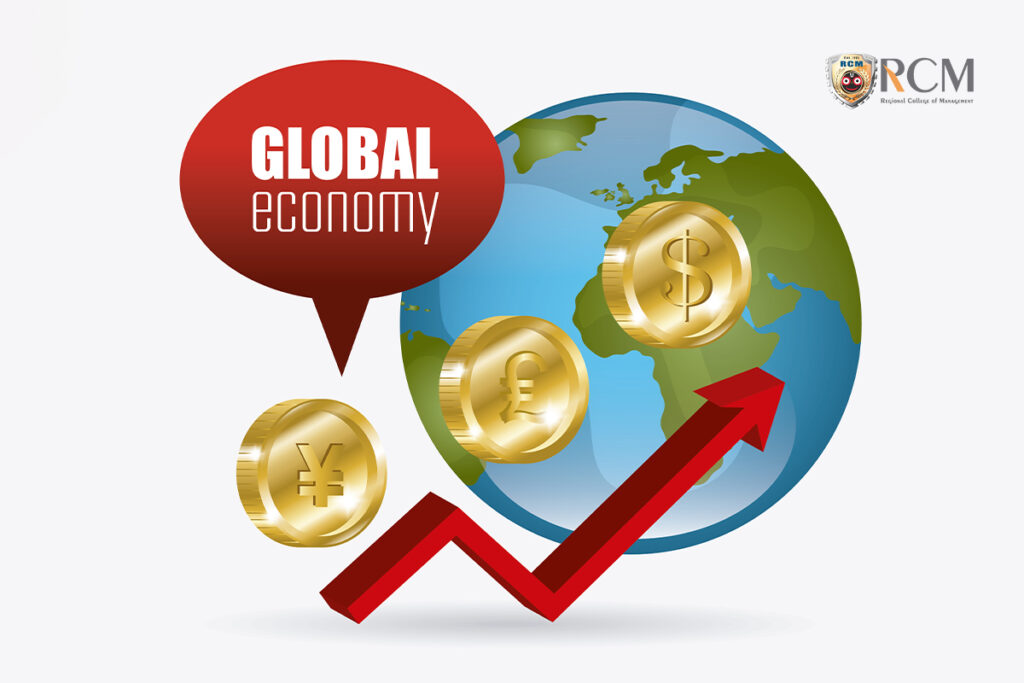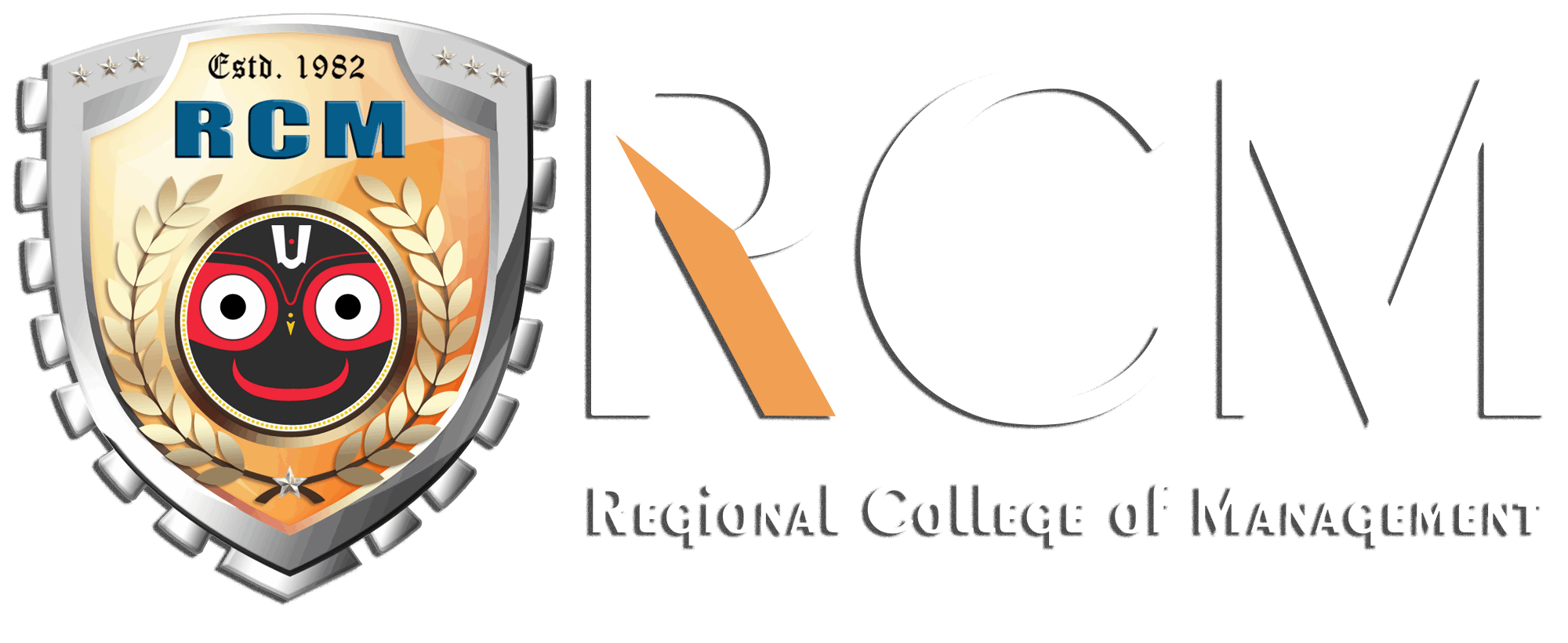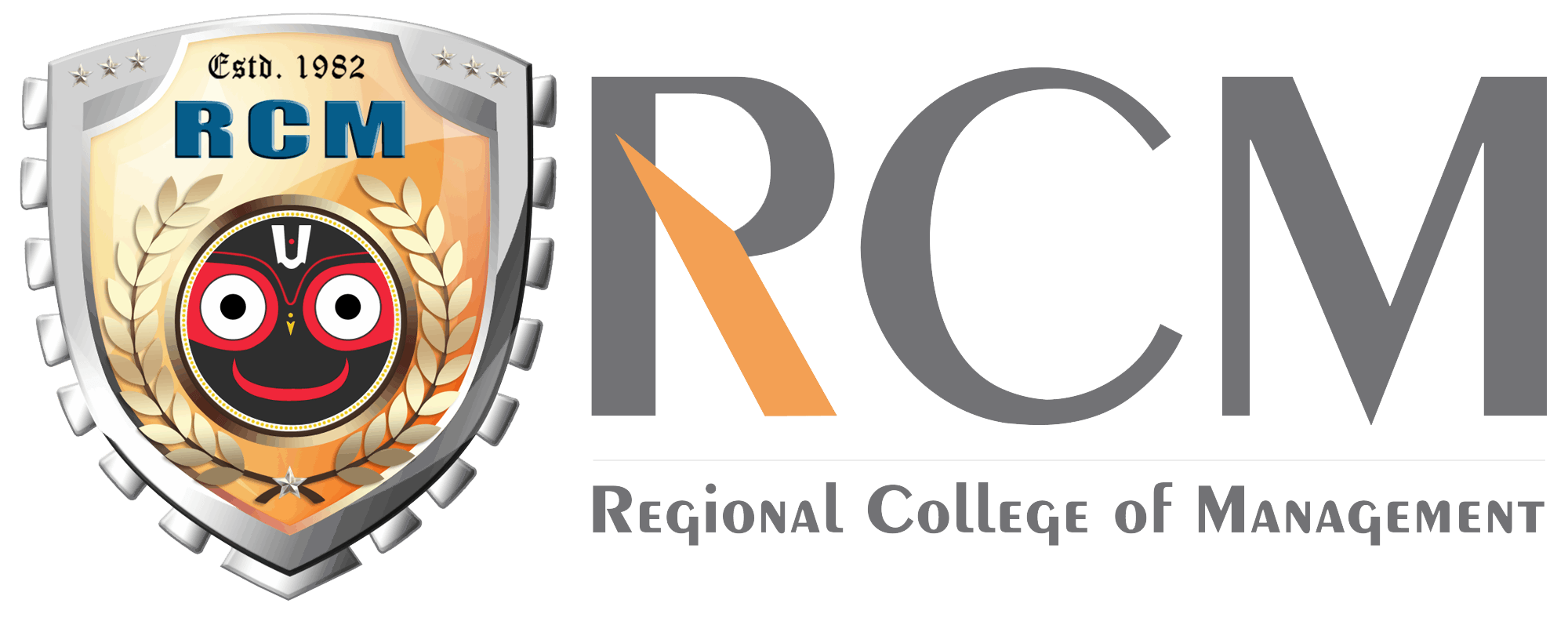Interest rates play a significant role in determining the worldwide and national economies, governing everything from individual borrowing to national economic growth. This blog article discusses how interest rate changes influence monetary policy, consumer behavior, and overall financial stability.
Role of Interest Rates in Monetary Policy and Economic Effect
Monetary policy is an essential tool used by the country’s central bank to manage economic stability. By adjusting interest rates, the central bank can both stimulate or quiet down the economic device. For example, decreasing interest rates these days encourage spending and borrowing, using economic growth, while higher charges help manipulate inflation by curbing immoderate call for.
Impact on Loan Interest and Borrowing Costs
The cost of borrowing is directly influenced by loan interest rates. When loan rates or home loan interest rates rise, borrowing will become more high-priced, leading to reduced purchaser and commercial enterprise spending. Conversely, low interest loans incentivize borrowing, fostering growth in sectors like housing and small businesses. Keeping an eye fixed on the current interest rate is vital for everyone considering major financial decisions.
Savings Account Rates and Consumer Behavior
Savings account rates decide how much individuals earn on their deposits. Higher savings account rates encourage overspending, that can slow down monetary interest. On the alternative hand, lower rates push individuals towards investment decisions in regions including stocks or business investment funding, fueling innovation and enlargement.
Mortgage Rates and the Housing Market Economic Effect

Fluctuations in mortgage rates and home loan rates notably affect the real estate market. High loan interest rates make housing much less affordable, reducing call for. Conversely, access to the best home loan rates encourages homebuyers, boosting the housing sector and contributing to economic growth.
Influence on Financial Markets
Changes in interest rates ripple across financial markets, impacting equities, bonds, and forex. Lower rates drive the stock market growth as companies face reduced borrowing costs, while higher costs can cause volatility. Tracking trends in financial markets can help investors make informed investment decisions.
Interest Rates and Inflation Control
One of the number one goals of monetary policy is to preserve stability between economic growth and inflation. High interest rates today help maintain inflation in check by decreasing client spending and borrowing. However, excessive costs can cause a recession, negatively affecting GDP and employment.
Business Investment and Economic Expansion and Economic Effect
Businesses intently display monitor loan rates and current interest costs when planning expansions. Lower loan interest rates make it easier for businesses to borrow and put money into new projects, riding economic growth. Conversely, higher rates may additionally deter business investment, slowing down innovation and job creation.
Dollar Rate Today and Global Implications

The dollar rate today often displays a nation’s economic health and monetary policy. Higher interest rates can attract foreign investments, strengthening the currency, while decreasing costs can also devalue it. This dynamic affects imports, exports, and global trade balances, underscoring the interconnectedness of interest rates and global economies.
GDP and Recession Risks
Understanding the GDP definition is essential while comparing the effect of interest rates on the economic system. High rates can sluggish GDP growth, pushing the economic system towards a potential recession. Conversely, low charges stimulate spending and investment, boosting GDP and ensuring economic balance.
The interaction between interest rates and the economy is complex and multifaceted. From influencing home loan interest rates to shaping financial markets, monetary policy decisions have a ways-achieving results. Staying informed about current interest rates, loan rates, and savings account rates is crucial for making sound economic and investment decisions. By expertise in those dynamics, individuals and organizations alike can navigate economic changes effectively and gain long-term stability.




























